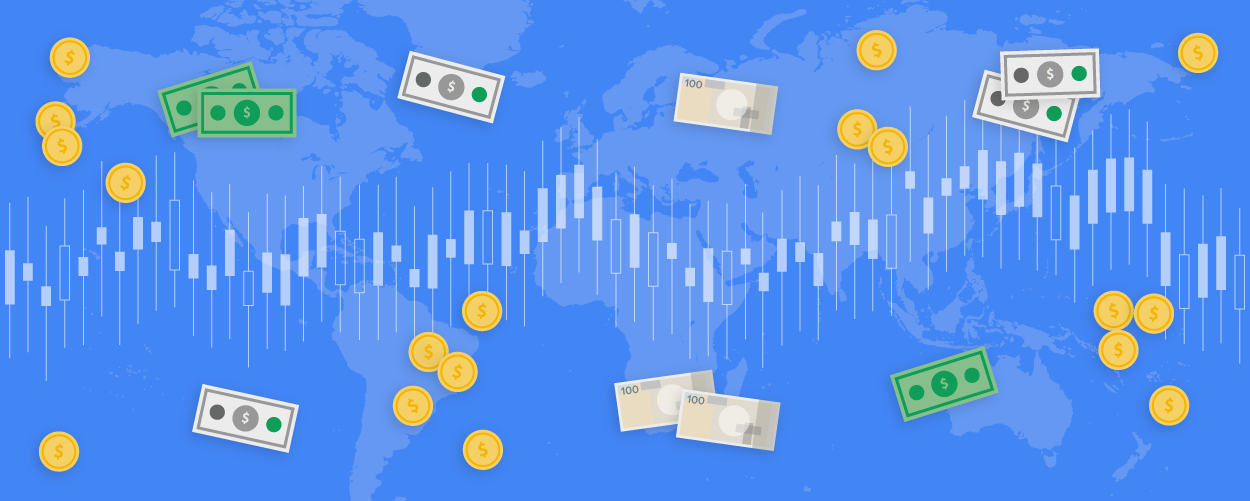Table of Contents |
The factors of production are merely the resources necessary to produce output. The factors of production are split in the following ways:
Economy systems are how a society chooses to distribute goods, services, and resources. We’re going to discuss two broad categories of economy systems:
A planned economy is one in which a central authority controls and chooses how to distribute resources for the production of goods and services.
There are two major types of planned economies: communism and socialism.
Under communism, the government owns all businesses. It is the ultimate arbiter of how resources are distributed and how much is produced. It was introduced by a man named Karl Marx.
EXAMPLE
In the modern world, we see communism active in places like North Korea and Cuba.Under socialism, the government owns select businesses or pieces of the economy. This system is found predominately throughout Europe.
EXAMPLE
Under the National Health System in the United Kingdom, the government decides how health care is distributed among the populace.EXAMPLE
Air France and Air India are the flag-carrying airlines for their particular countries. In these cases, the government decides how the airline is run, how many flights they have, and what routes they’re going to fly.The next type of economy we’re going to look at is the market economy. This is where supply and demand dictate how to distribute resources for the production of goods and services. You might have heard of this type of economy being referred to as capitalism.

In this market economy, private owners are responsible for and focused on the development of wealth. These private owners and their consumers get to drive how the market works. They control what’s produced based on the supply from the producers and the demand from the consumers.
The United States is a mixed market economy, which is a combination of a planned economy and a market economy. Now, the United States operates differently from other countries around the world. It’s more laissez-faire than places like China or France.
Now, an interesting thing about markets around the world currently is the privatization of state-owned businesses in places like Sweden, France, or India, like the Air India and Air France example from earlier. What you see now is an increased tendency to divest those businesses from the government and put them into private hands.
EXAMPLE
Lufthansa Airlines from Germany was completely state owned up until 1994, at which point the government divested itself of the airline. It is now run as a private company.Source: ADAPTED FROM SOPHIA INSTRUCTOR JAMES HOWARD